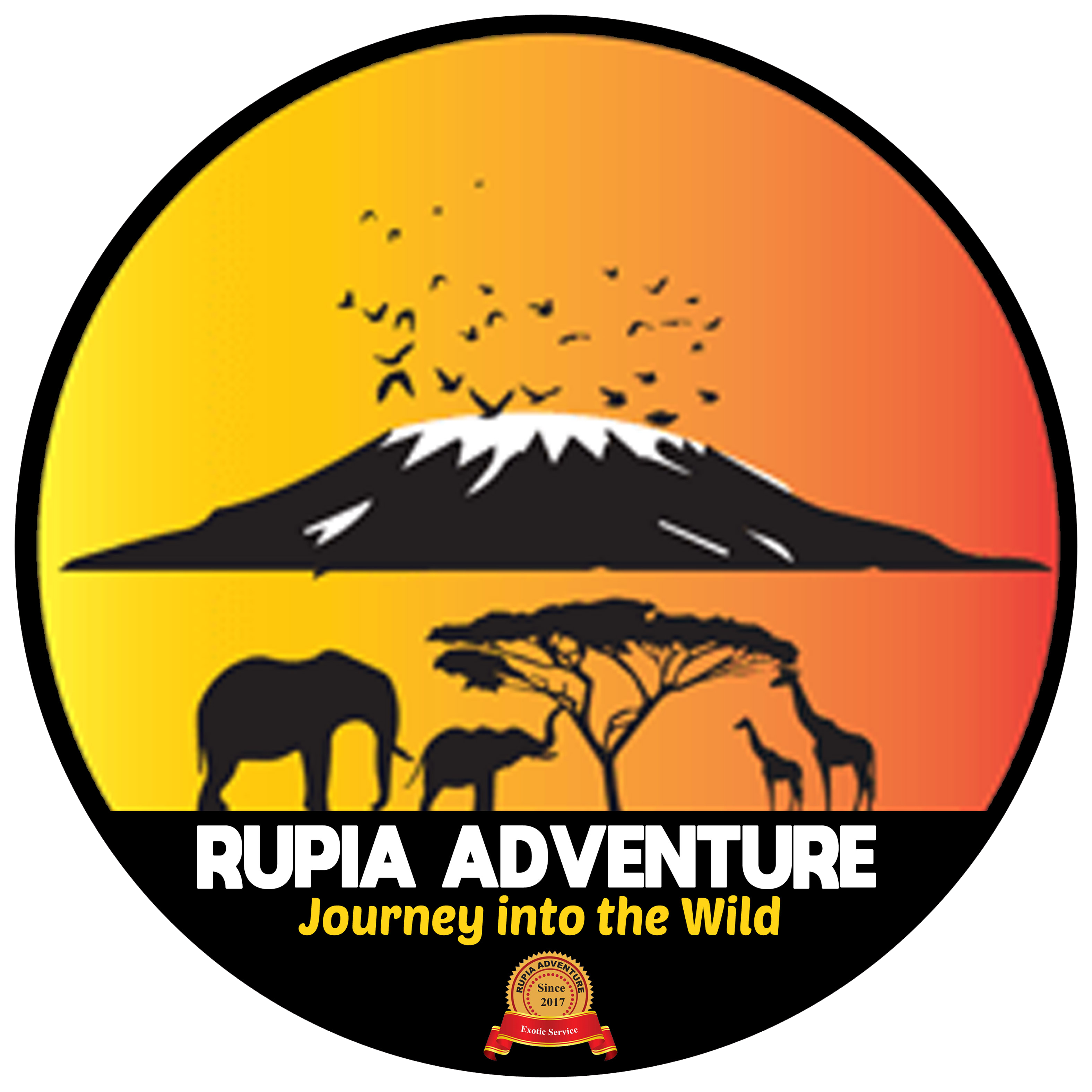Any Northern Tanzania Safari should ideally include a visit to Ngorongoro Crater: it is one of the most beautiful natural wildlife safari sites in the world and an exceptional place to interact with people from the Maasai tribe.
The Ngorongoro Crater and surrounding highlands together form one of Africa’s most beautiful regions. Volcanic craters form stunning backdrops to some of the most fertile and richest grazing grounds in Africa. The most famous such crater is without question Ngorongoro, the world’s largest intact volcanic caldera and home to the highest density of big game in Africa, including all the big five and plenty of predators. Ngorongoro is justifiably one of the continent’s most famous safari destinations.
The choice is whether to stay at a hotel on the Crater rim for the phenomenal view, or a little way away from the Crater in nearby Karatu. The advantages of Karatu include the comparative lack of crowds, and better-value, smaller and more intimate lodges which offer a range of activities such as walking and mountain biking.
Ngorongoro Crater: the game
The Ngorongoro Crater is the best place in Tanzania to see ‘The Big Five’. A healthy population of black rhino and some of the largest tusker elephants left in Africa today are the prize spots, but the crater is also home to good populations of lion, leopard and hyena along with healthy herds of wildebeest, buffalo and zebra. Other wildlife here includes serval cat, cheetah, jackal, Grant’s and Thompson’s gazelle, flamingo and bat-eared foxes, as well as approximately 400 species of bird.
The activities
Activities inside the Ngorongoro Crater itself are limited to game driving; there are a couple of picnic spots in the park, but getting out of the vehicle is strictly limited to these areas. However, a full range of activities is on offer in the wider Ngorongoro Conservation Area, including walking, trekking, excursions to Olduvai Gorge and visiting the Masai and other tribes.
When to go
Since the wildlife mainly stays in the crater all year round, there is really no good or bad time to visit. However given that the crater floor does get busy with vehicles, it can be more pleasant to visit during low season. Higher water levels in Lake Magadi (in the centre of the Crater) also result in higher concentrations of flamingos. Whenever you visit to Ngorongoro, you are guaranteed excellent safari action.
Where to stay
The question here is whether to stay right on the Crater rim or a little way away, in the Ngorongoro highlands. On the rim, the Ngorongoro Crater Lodge is by far the best hotel and is absolutely world class, perfect for a Tanzania Honeymoon, but at approximately $3,000 a night it probably should be! The Serena and the Sopa have equally stunning views of the Crater floor and are much more affordable options, but they are large and fairly old hotels.
Away from the Crater rim in nearby Karatu in the highlands is a variety of small coffee plantations and guesthouses. For approximately the same cost as the Serena and Sopa, these are much more charming and characterful but obviously lack the fantastic Ngorongoro views. The best of these are Plantation Lodge, Gibbs Farm and The Manor.
While we try and make our website as comprehensive as possible, if you would like some more background information on the Ngorongoro Conservation Area, or Tanzania in general, have a read through the Cadogan Guide to Tanzania and Zanzibar, written by our director Annabel. The most recent edition was published in 2005 so some of it might be slightly dated but generally it’s as comprehensive as they come. All of our consultants have visited the Ngorongoro crater so it’s always great to call up for a chat!
The Ngorongoro Conservation Area spans vast expanses of highland plains, savanna, savanna woodlands and forests. Established in 1959 as a multiple land use area, with wildlife coexisting with semi-nomadic Maasai pastoralists practicing traditional livestock grazing, it includes the spectacular Ngorongoro Crater, the world’s largest caldera. The property has global importance for biodiversity conservation due to the presence of globally threatened species, the density of wildlife inhabiting the area, and the annual migration of wildebeest, zebra, gazelles and other animals into the northern plains. Extensive archaeological research has also yielded a long sequence of evidence of human evolution and human-environment dynamics, including early hominid footprints dating back 3.6 million years.










